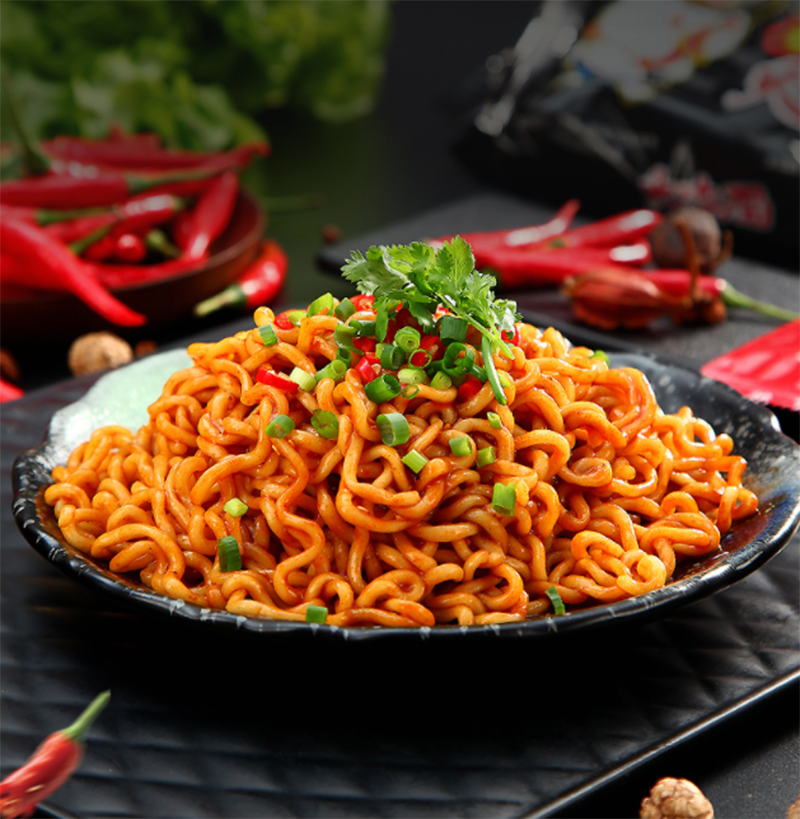introduce:
Ramen has undoubtedly taken the world by storm, capturing the taste buds of countless food lovers around the world. The popularity of this quintessentially Japanese dish prompted the establishment of many Ramen Noodle Factories. These facilities are dedicated to mass-producing ramen noodles to meet growing demand. In this article, we take a closer look at the complex manufacturing process of a ramen factory. From the selection of ingredients to the packaging of the final product, we’ll take a step-by-step look at the process of making these delicious noodles.
Step 1: Ingredients Selection and Premixing
At the heart of every ramen factory is the careful selection of ingredients. Only the highest quality wheat flour, water, salt and sometimes alkaline salt are selected to ensure the best taste and texture. Once the ingredients are sourced, they are pre-mixed and then mixed together in bulk.
Step 2: Mix and Knead
At this stage, the premixed ingredients are introduced into an industrial-scale pasta machine. The machine mixes the ingredients thoroughly while kneading the dough. This process is crucial as it ensures the formation of gluten, which contributes to the chewiness and elasticity of the ramen noodles.
Step 3: Aging and Maturation
After the dough is mixed and kneaded, it is left to rest and mature. This time will vary based on the preferred texture and flavor of the noodles. Aging enhances flavor and relaxes the gluten, making it easier to roll and stretch the dough.
Step 4: Rolling and Cutting
Next, the dough is passed through a series of rollers that flatten it into sheets. The sheets are then fed into a cutting machine, where they are processed into long, thin ramen noodles. The thickness and width of the noodles can be adjusted to suit different preferences.
Step 5: Steam dry
Briefly steam freshly cut ramen noodles so they are partially cooked and retain their shape. This step is crucial to maintaining the unique chewy texture of the noodles. After steaming, the noodles are transported to the drying room. Here they are gently dehydrated, ensuring a long shelf life and ease of cooking for consumers.
Step 6: Packaging and Distribution
Finally, the dry ramen noodles are carefully packaged in a variety of sizes, from single servings to family packs. These packages are often decorated with vibrant designs to attract the attention of consumers in stores. Once packaged, the ramen noodles will be distributed and shipped to markets around the world.
in conclusion:
The process of making ramen noodles in a factory requires a well-coordinated and detailed approach. Every step from ingredient selection to packaging contributes to the overall quality of the final product. By understanding this intricate manufacturing process, consumers can gain a deeper appreciation for the effort and craftsmanship behind these beloved noodles. So the next time you enjoy a steaming bowl of ramen, take a moment to understand the intricate process that goes into getting it to your table.
Post time: Nov-28-2023

